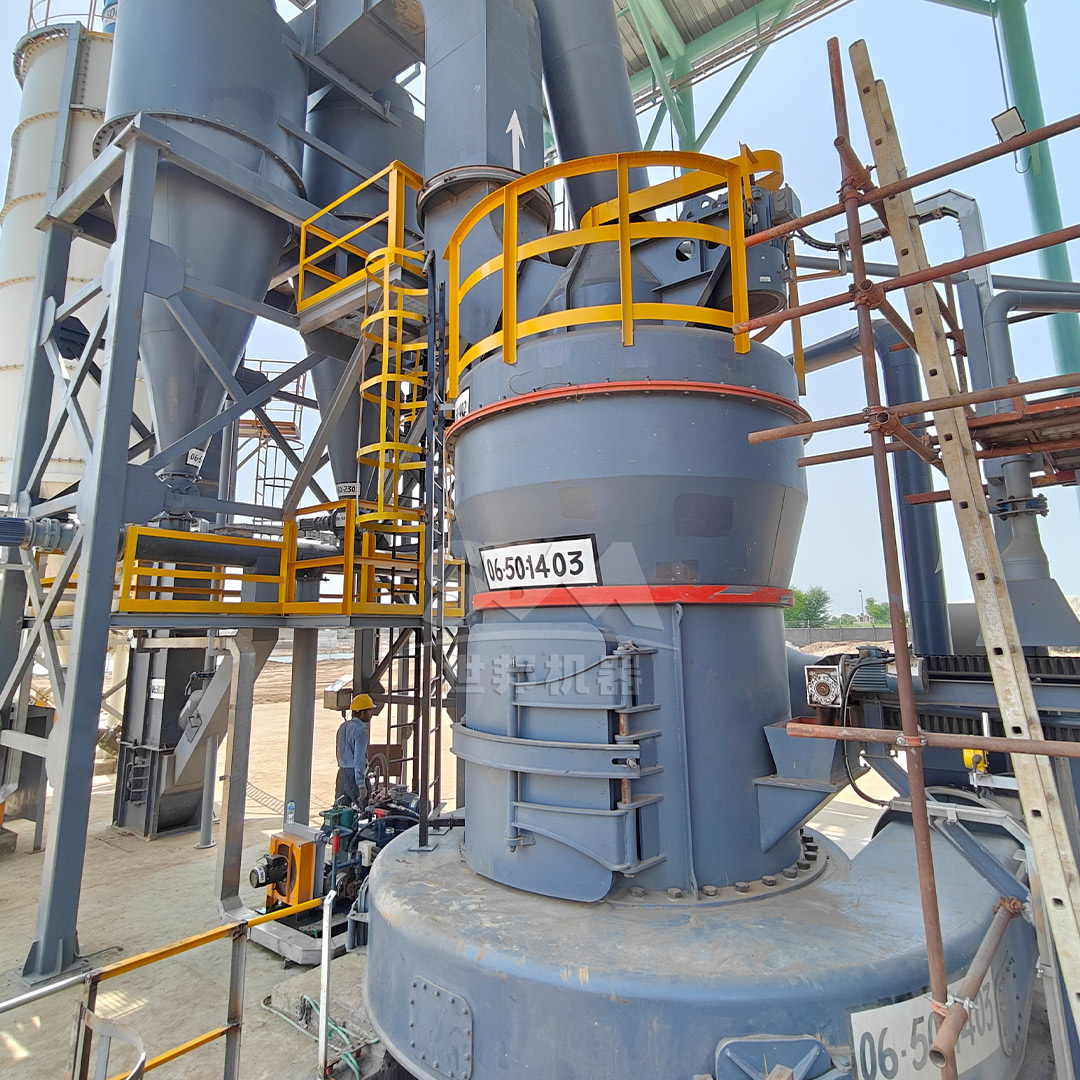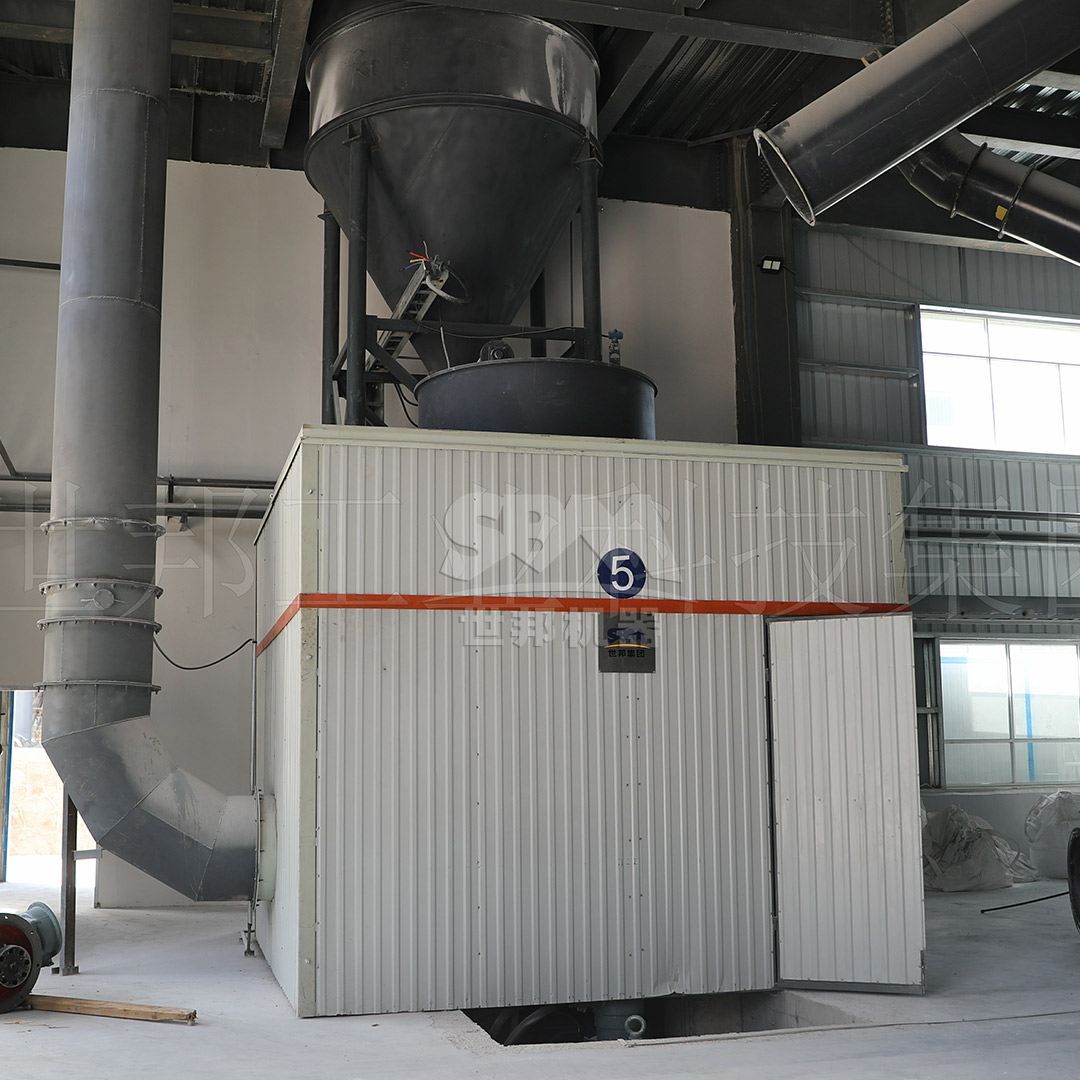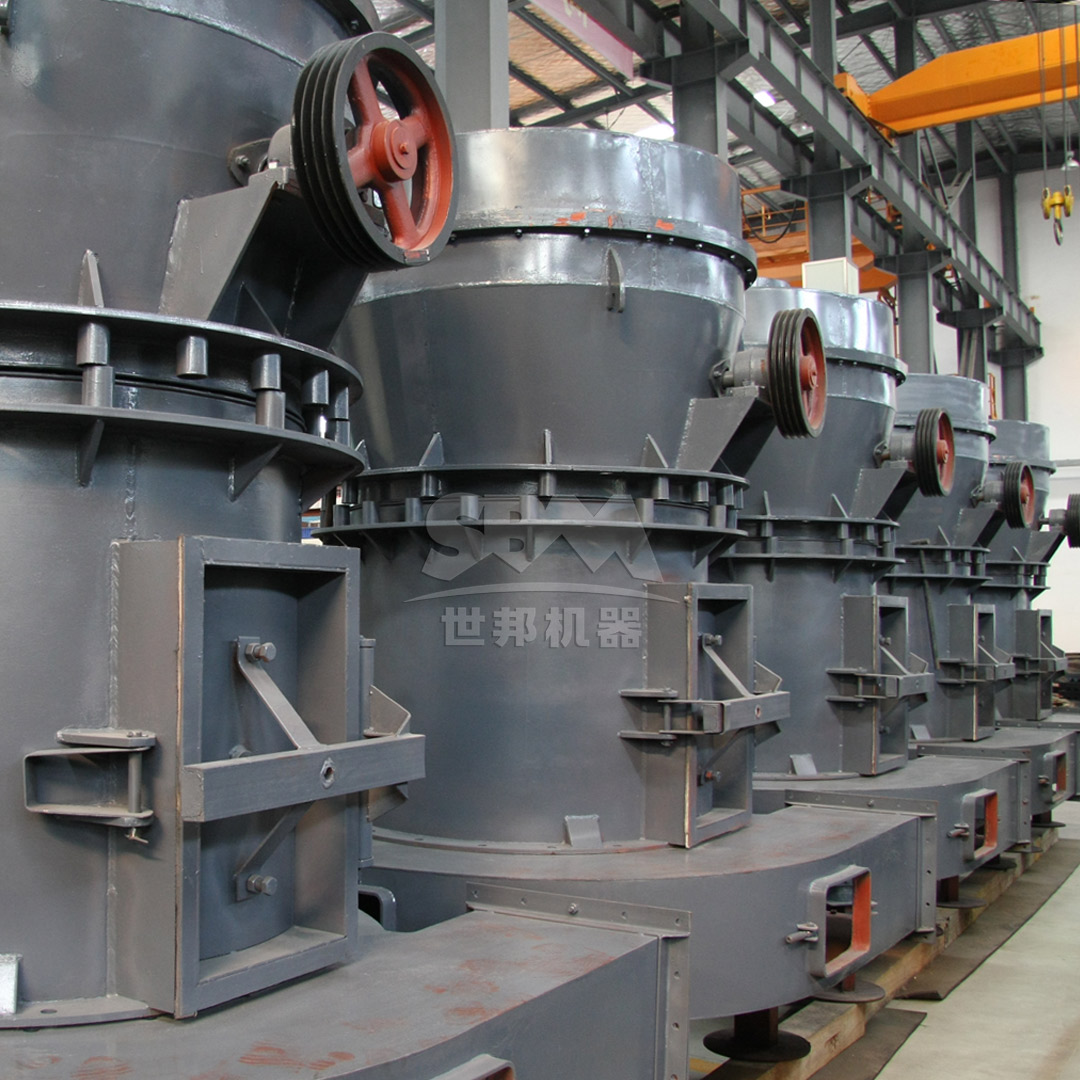The cement industry stands at a critical juncture, facing mounting pressure to reduce its substantial carbon footprint while maintaining production efficiency. As clinker grinding represents one of the most energy-intensive stages in cement manufacturing, accounting for approximately 40% of total electrical energy consumption in a cement plant, optimizing this process presents a significant opportunity for decarbonization. This article explores advanced grinding technologies and strategies that enable cement producers to achieve substantial reductions in energy consumption, emissions, and operational costs while maintaining product quality.
Traditional ball mills, while reliable and capable of producing quality cement, suffer from inherent inefficiencies that contribute to excessive energy consumption. The impact and attrition mechanisms in ball mills typically operate at only 1-5% energy efficiency, with the majority of input energy converted to heat and noise rather than productive grinding work. This inefficiency not only increases operational costs but also contributes significantly to the carbon intensity of cement production.
Furthermore, conventional grinding systems often lack the flexibility to accommodate supplementary cementitious materials (SCMs) effectively, which are essential for reducing the clinker factor in cement and thereby lowering embodied carbon. The limitations of traditional approaches have driven innovation in grinding technology, leading to the development of more efficient systems specifically designed for the challenges of modern cement production.
| Grinding System | Specific Power Consumption (kWh/t) | Energy Efficiency (%) | CO2 Reduction Potential (%) |
|---|---|---|---|
| Traditional Ball Mill | 35-45 | 1-5 | Baseline |
| Vertical Roller Mill | 22-30 | 15-25 | 25-35 |
| High-Pressure Grinding Roll | 18-25 | 20-30 | 35-45 |
| Hybrid Systems | 15-22 | 25-35 | 40-50 |

The transition to sustainable cement manufacturing requires grinding systems that not only reduce energy consumption but also enhance product quality and enable the use of alternative materials. Several technological approaches have emerged as particularly effective in addressing these challenges.
Vertical roller mills (VRMs) have established themselves as the benchmark for energy-efficient clinker grinding. By utilizing a bed-compaction grinding principle rather than impact or attrition, VRMs achieve significantly higher energy efficiency. The material is ground between the rotating table and grinding rollers, with the ground product transported by air to a classifier for size separation.
Modern VRMs incorporate advanced features such as:
These systems typically reduce specific energy consumption by 30-40% compared to traditional ball mills, while also offering superior product quality control and lower maintenance requirements.
High-pressure grinding rolls (HPGRs) represent another significant advancement in clinker comminution technology. Operating on the principle of interparticle compression, HPGRs achieve size reduction by compressing the feed material between two counter-rotating rolls. This method is particularly energy-efficient and produces a product with favorable particle size distribution characteristics.
When used as a pre-grinding stage before ball mills, HPGRs can reduce overall system energy consumption by 15-30% while increasing total system capacity by 20-35%. The micro-cracks generated in the clinker particles during HPGR processing also improve the grindability in subsequent milling stages, further enhancing efficiency.
The reduction of clinker factor through the incorporation of supplementary cementitious materials (SCMs) represents one of the most effective strategies for lowering the carbon footprint of cement. However, many SCMs present unique grinding challenges that require specialized equipment and process adaptations.
Granulated blast furnace slag (GBFS), for instance, typically requires finer grinding than Portland cement to activate its hydraulic properties. Fly ash, while often used as-received, may require classification or processing to ensure optimal particle size distribution. Natural pozzolans and calcined clays frequently need drying and grinding to appropriate fineness levels.
Advanced grinding systems must therefore offer:
For operations requiring ultra-fine grinding of supplementary cementitious materials, the SCM Series Ultrafine Mill provides an optimal solution. This advanced grinding system delivers exceptional performance in producing the fine powders essential for high-performance blended cements.
The SCM Ultrafine Mill operates with input sizes up to 20mm and produces output fineness ranging from 325 to 2500 mesh (D97≤5μm), with processing capacities from 0.5 to 25 tons per hour depending on the specific model. Its technological advantages include:
The working principle involves a main motor driving three-layer grinding rings to rotate, with material dispersed to the grinding path by centrifugal force. After roller pressing and crushing, materials are ground layer by layer, with final powder collection accomplished by cyclone collector and pulse dust removal systems.

The integration of digital technologies represents a transformative opportunity for optimizing grinding operations. Advanced process control systems, real-time monitoring, and data analytics enable cement producers to achieve unprecedented levels of efficiency and consistency.
Modern grinding circuits benefit significantly from sophisticated control strategies that optimize multiple process variables simultaneously. These systems typically incorporate:
When properly implemented, advanced process control can reduce energy consumption by 3-8% while improving product consistency and reducing operator workload.
The high-stress environment of clinker grinding equipment makes effective maintenance essential for reliable operation. Modern condition monitoring systems utilize vibration analysis, acoustic emissions monitoring, thermal imaging, and lubricant analysis to detect developing problems before they cause unplanned downtime.
Predictive maintenance approaches, supported by Internet of Things (IoT) sensors and machine learning algorithms, can reduce maintenance costs by 15-25% while increasing equipment availability by 5-10%. For grinding mills, specific monitoring applications include:
For cement producers seeking a comprehensive grinding solution that addresses energy efficiency, product quality, and operational flexibility, the LM Series Vertical Roller Mill offers exceptional capabilities across multiple applications.
This versatile grinding system handles input sizes up to 50mm and produces output fineness from 30 to 325 mesh (with special models achieving 600 mesh), with processing capacities ranging from 3 to 250 tons per hour depending on configuration. The LM series incorporates several advanced technological features:
The operational principle involves the main motor driving the grinding plate to rotate through a reduction gear. Material enters through the central feed chute and spreads evenly under centrifugal force. Grinding rollers apply compression force to achieve material layer comminution, with qualified fine powder carried by hot air to the classifier while coarse material returns to the grinding plate for further processing.
The LM series includes specialized configurations for various applications:
| Application Series | Model Example | Grinding Table Diameter (mm) | Capacity (t/h) | Main Motor Power (kW) |
|---|---|---|---|---|
| Vertical Mineral Mill | LM220K | 2200 | 36-105 | 800 |
| Vertical Coal Mill | LM240M | 2400 | 50-65 | 710 |
| Vertical Slag Mill | LM280N | 2800 | 50-60 | 1800-2000 |
| Vertical Fine-powder Mill | LM190X-GX | 1900 | 13-26 | 500 |
| Vertical Pre-grinding Mill | LM340Y | 3400 | 80-100 | 2500 |
The modular roller assembly quick replacement system, dynamic separator multi-stage adjustment technology, and thermal air circulation energy-saving system represent patented innovations that further enhance the performance and reliability of the LM series in demanding cement grinding applications.

The adoption of modern grinding technology delivers substantial benefits across economic, environmental, and operational dimensions. A comprehensive assessment of these benefits demonstrates the compelling case for investment in grinding system upgrades.
Advanced grinding systems typically achieve payback periods of 2-4 years based on energy savings alone, with additional benefits from reduced maintenance costs, increased production capacity, and improved product quality. Specific financial benefits include:
The environmental benefits of advanced grinding systems extend beyond direct energy savings to include multiple aspects of environmental performance:
The successful implementation of advanced grinding technology requires careful planning and execution. A phased approach that addresses technical, operational, and human factors significantly increases the likelihood of achieving projected benefits.
The initial phase should comprehensively evaluate current operations, identify improvement opportunities, and develop a detailed implementation plan. Key activities include:
Based on the assessment findings, the appropriate grinding technology can be selected and detailed engineering completed. This phase should address:
The final phase focuses on successful system commissioning and continuous optimization. Critical elements include:
The transformation of clinker grinding operations represents one of the most significant opportunities for the cement industry to reduce its environmental impact while improving economic performance. Advanced grinding technologies, such as the SCM Series Ultrafine Mill and LM Series Vertical Roller Mill, provide the technical foundation for this transformation, delivering substantial energy savings, enhanced product quality, and greater operational flexibility.
As the industry continues its journey toward carbon neutrality, the optimization of grinding operations will remain a critical focus area. The integration of digital technologies, advanced process control, and specialized equipment for supplementary cementitious materials will enable further improvements in efficiency and sustainability.
By embracing these technologies and approaches, cement producers can position themselves for long-term success in an increasingly carbon-constrained world, delivering the construction materials essential for global development while minimizing environmental impact. The time for action is now, and the tools for transformation are available for forward-thinking organizations ready to lead the industry toward a sustainable future.